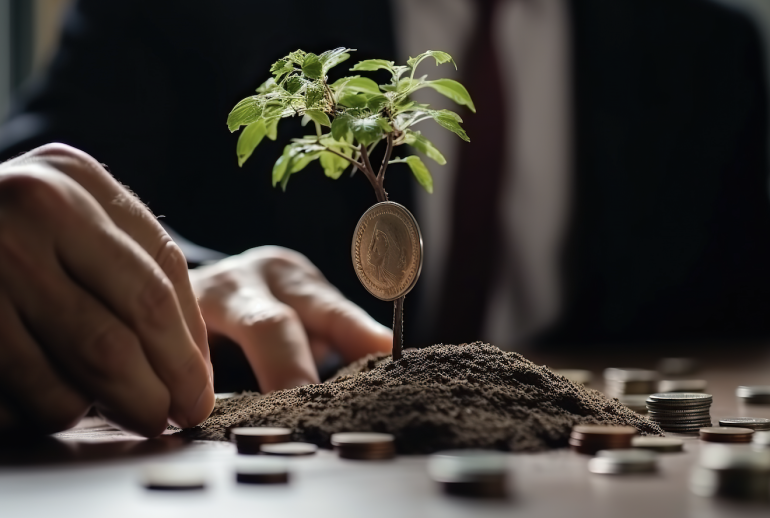Every market cycle seems to produce its share of hype. One year it’s technology stocks, the next it’s crypto, and before that it was real estate bubbles or dot-com valuations. Each wave arrives with the same promise: this time, things are different. But as I’ve learned over the years, the story rarely ends differently.
Hype creates urgency, and urgency often clouds judgment. For me, the antidote has always been patience. Not the kind of patience that avoids action, but the kind that insists on clarity before commitment. In a world where investors are pushed to act quickly, I’ve found that slowing down can often be the greatest competitive edge.
The Trap of Short-Term Thinking
I’ve experienced firsthand the appeal of short-term gains. Early in my career, particularly in digital commerce, opportunities came fast. Success was measured by how quickly you could scale, how many users you could capture, or how fast you could move into new markets.
The problem with this mindset is that it often ignores fundamentals. Businesses built on momentum alone rarely survive when conditions change. I saw it in e-commerce, and I’ve seen it again in broader markets. That’s why patience became central to how I now approach every opportunity.
Defining Patience in Investing
Patience isn’t about doing nothing. It’s about doing the right thing at the right time. For me, that means:
- Refusing to invest until the fundamentals align.
- Accepting that waiting is part of the process.
- Being comfortable passing on opportunities that don’t fit my framework, no matter how much attention they receive.
In one of my writings on the long game of strategic patience, I explained why durability matters more than speed. That principle guides me today more than ever.
How I Evaluate Opportunities
When I look at potential investments, I ask questions that are deliberately simple:
- Is the business solving a real problem?
- Are revenues and cash flows sustainable?
- Does leadership demonstrate discipline and vision?
- What risks exist, and are they transparent?
If I can’t answer those clearly, I wait. And if clarity never comes, I walk away.
I also pay close attention to incentives. Are the people involved aligned for the long term, or are they chasing a quick win? Alignment tells me almost everything I need to know about the durability of an opportunity.
The Role of Alternative Investments
Private credit has been one of the clearest examples of where patience pays off. It’s not flashy. It doesn’t make headlines. But it does provide something that’s rare in today’s environment: steady, contractual returns.
While others chase hype in speculative markets, I’ve chosen to focus on structured capital and income-generating strategies. That doesn’t mean ignoring growth. It means prioritizing sustainability first, and building growth on top of it.
For those who want a deeper dive, I shared my perspective in what private credit is and why it’s gaining ground, a piece that outlines the fundamentals of this asset class.
The Discipline of Saying “No”
Patience also means discipline — the willingness to say “no” even when everyone else is saying “yes.” That’s never easy. There’s always a part of you that wonders if you’re missing out.
But missing out on hype is different from missing out on opportunity. The real opportunities, the ones that build lasting value, can withstand scrutiny. They don’t disappear just because you took the time to analyze them properly.
Final Thoughts
In investing, patience doesn’t guarantee success, but impatience almost guarantees mistakes. For me, patience isn’t passive. It’s active discipline — the work of analyzing, waiting, and acting only when the foundation is solid.
Hype will always be part of markets. It grabs headlines, it attracts crowds, and it feeds the cycle of short-term thinking. But real wealth, the kind that endures, is built by those who resist the noise and focus on what lasts.
That’s why patience isn’t just a trait I value. It’s the framework I rely on to evaluate every long-term opportunity.
Written By: Stuart Simonsen
Stuart Simonsen




